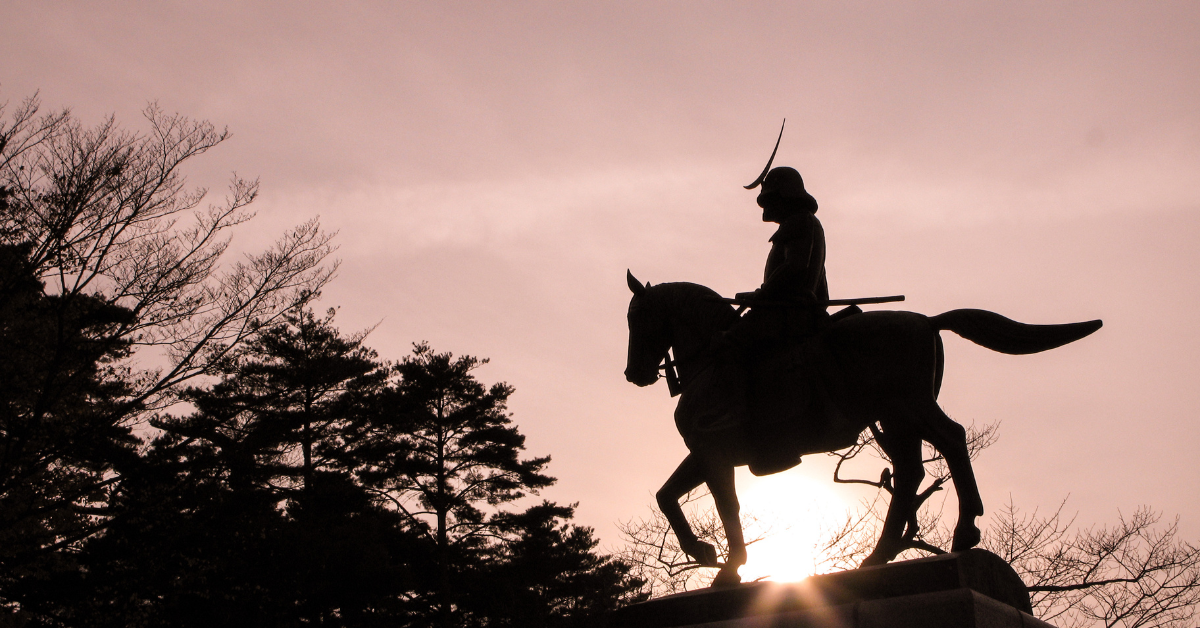The film The Last Samurai portrays Japan during the Meiji Restoration, a time of rapid modernization and cultural change. Japanese audiences felt pride in the respectful depiction of bushidō, but they also experienced discomfort with the Western perspective that shaped the narrative. This article explains these mixed reactions in a way that helps foreign viewers better understand Japanese culture.
Japanese Pride Toward The Last Samurai
Many Japanese viewers felt “pride” after watching the movie. For once, bushidō and the spirit of the samurai were presented to a global audience, showing loyalty and honor as noble ways of living. The battle scenes, the use of swords, the gestures, and even the costumes were portrayed with close attention to detail, and Japanese audiences appreciated that their culture was treated with respect.
Moreover, as the protagonist Nathan Algren gradually came to share the samurai’s values and ultimately fought alongside them, the message received was that “Japanese culture has universal value.” Although a Hollywood production, the film worked as a mirror that helped Japanese people reaffirm their cultural pride.
| Depiction in the film | Feelings of Japanese viewers |
|---|---|
| Samurai’s loyalty | Respect and pride |
| Honor-bound battles | Deep emotion |
| Bushidō spirit | Reaffirmation of cultural values |
Nostalgia and Sentiment Evoked by the Film
The portrayal of rural life and nature gave Japanese viewers a deep sense of “nostalgia.” The seasonal landscapes and festival scenes reminded many of the Japan that once existed. During the Meiji period, Japan rapidly modernized, and traditional farming villages began to vanish. This film carefully depicted the beauty of that fading lifestyle.
Japanese viewers felt they were witnessing their “cultural homeland,” while foreign audiences may have seen the scenes as exotic. The emphasis on harmony with nature and strong communal ties reflected values the Japanese have long cherished, and the film helped bring those memories back to life.
| Elements in the film | Japanese feelings |
|---|---|
| Village life | Nostalgia, comfort |
| Seasonal nature | Shared aesthetic values |
| Communal unity | Warm remembrance |
Discomfort and Orientalism
At the same time, Japanese audiences also felt “discomfort.” The most striking reason was that Nathan Algren is depicted as “the last samurai.” For many, this seemed unnatural, since it implied a foreigner could embody the role more than the Japanese themselves.
In reality, samurai existed only within Japan’s history and culture. For a Westerner to take on that role created unease. This narrative structure reflects Orientalism—the tendency for the West to romanticize and idealize the East. Some Japanese felt pleased that their culture was treated respectfully, but others worried that it could create oversimplified or misleading impressions.
| Elements causing discomfort | Japanese perception |
|---|---|
| Westerner as samurai | Unnatural, confusing |
| Simplification of history | Concern over misinterpretation |
| Story told from foreign view | Mixture of empathy and distance |
Complex Messages Received by the Japanese
The film spread Japanese culture worldwide, but the impression among Japanese viewers was far from uniform. Samurai were not always the idealized, unified group shown in the movie; historically, they held diverse values and political stances. Thus, the film did not completely align with historical reality.
Nevertheless, most Japanese appreciated that their culture was depicted with genuine respect. The values of loyalty, dignity, and living with honor continue to be meaningful in modern Japan. This means the movie simultaneously evoked pride and discomfort, pushing Japanese audiences to reflect on the complexity of their heritage.
| Impact of the film | Japanese interpretation |
|---|---|
| Global cultural exposure | Sense of pride |
| Divergence from history | Feeling of discomfort |
| Bushidō portrayal | Reaffirmed cultural worth |
What Foreigners Should Understand
When foreigners watch this movie to learn about Japan, it is essential to recognize the “diversity of emotions felt by Japanese people.” The film is beautiful and grand, but it cannot fully explain Japan.
For instance, the movie presents the samurai as a single, unified community, yet in reality they often had conflicting interests and values. Some supported modernization, while others opposed it. The film captures only part of this complexity.
Foreigners should therefore use the movie as an entry point while also exploring historical facts and cultural depth beyond the screen. Only then can one move past exotic impressions and get closer to the essence of Japanese culture.
Conclusion
The Last Samurai made Japanese people feel pride, nostalgia, and discomfort all at once. While the global attention to bushidō and traditional culture was highly meaningful, the film also revealed the limits of telling Japan’s story through a Western narrative lens.
For foreigners, understanding that Japanese viewers experienced complex emotions is key to appreciating the culture more deeply. The movie is valuable as an introduction to Japan, but the true richness of the country lies in looking beyond the film and learning from its layered history and traditions.






